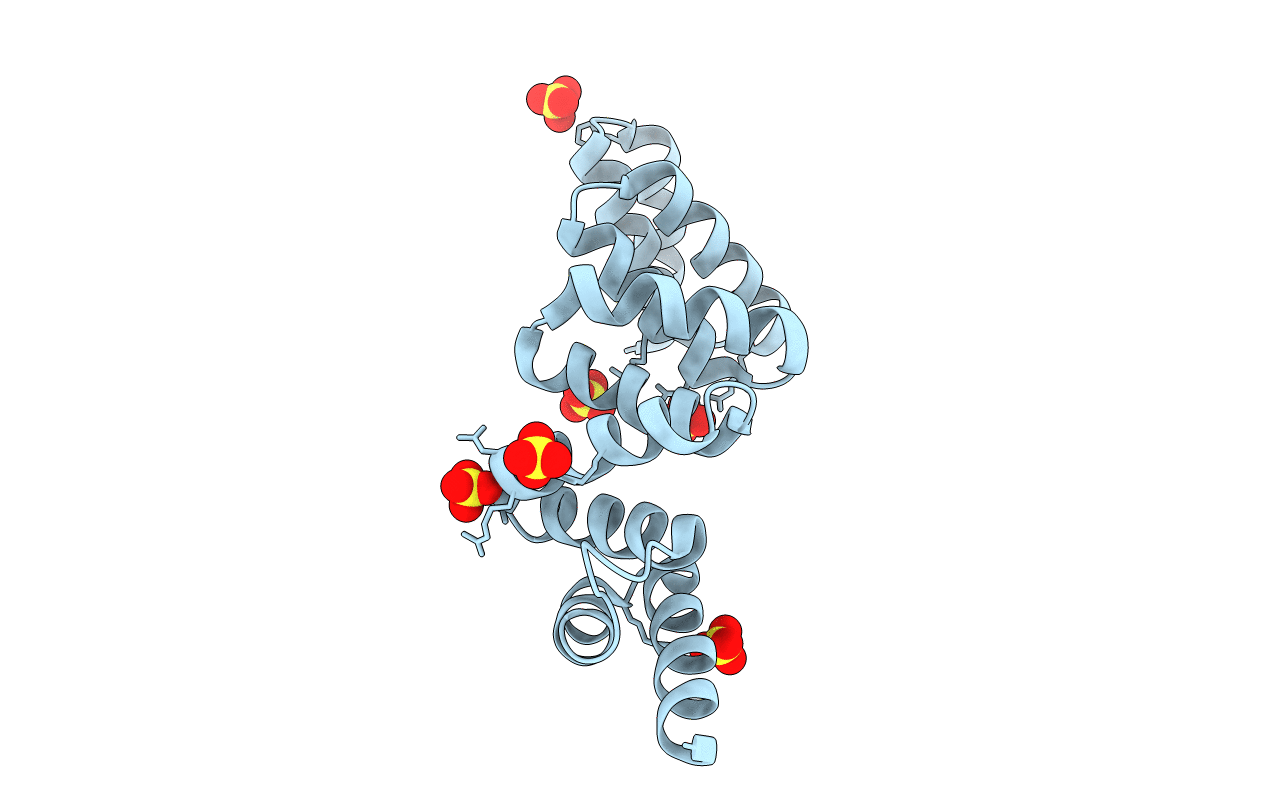
Deposition Date
2010-12-09
Release Date
2011-07-20
Last Version Date
2023-11-01
Entry Detail
Biological Source:
Source Organism:
Magnetospirillum magnetotacticum (Taxon ID: 342108)
Host Organism:
Method Details:
Experimental Method:
Resolution:
2.33 Å
R-Value Free:
0.27
R-Value Work:
0.21
R-Value Observed:
0.21
Space Group:
C 2 2 21


